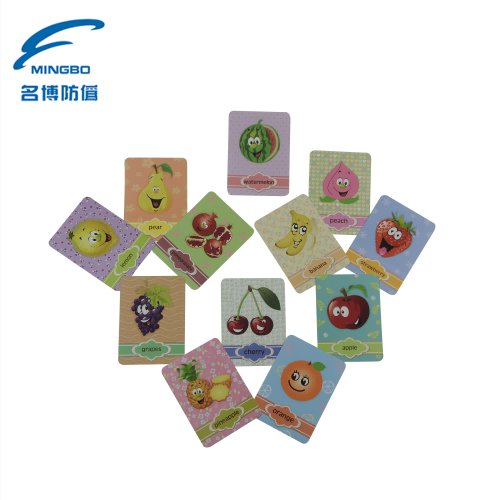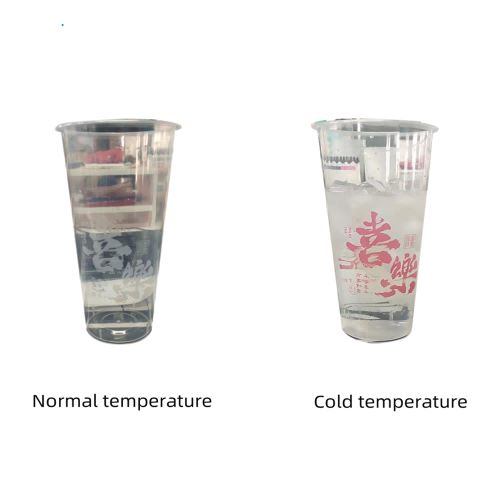Scented printing ink is an innovative solution that enhances printed materials by adding fragrance. It is widely used in packaging, marketing materials, and luxury product labels. However, to ensure the best results, it is essential to use high-quality scented printing ink correctly.
At Mingbo, we specialize in custom scented ink solutions tailored for various industries. This guide will explore how to maintain ink quality, optimize printing techniques, and prevent external factors like temperature and humidity from affecting the final product.
1. How to Prevent Temperature and Humidity from Affecting Scented Ink?
Environmental conditions play a crucial role in maintaining durable scented ink quality. Temperature and humidity fluctuations can impact the ink’s viscosity, drying time, and scent release.
1.1 Ideal Temperature and Humidity Levels
Keep storage and printing environments between 18-25°C (64-77°F).
Maintain humidity levels around 40-60% to prevent premature drying.
Avoid exposing ink to direct sunlight, which can alter its chemical composition.
1.2 Best Practices for Stable Ink Performance
Pre-condition the Ink: Allow the ink to adjust to room temperature before printing.
Use a Climate-Controlled Storage Area: Protects against excessive heat or moisture.
Seal Containers Properly: This prevents evaporation and contamination.
By following these steps, you can ensure that long-lasting scented printing ink retains its fragrance and printing quality.

2. Best Printing Technologies for Scented Ink
Choosing the right printing method for professional scented ink affects the final product’s vibrancy, scent longevity, and adhesion. Below are the best technologies for achieving optimal results.
2.1 Offset Printing – Ideal for High-Volume Production
Ensures sharp images and consistent color reproduction.
Works well with custom security printing scented inks for magazines, catalogs, and brochures.
Requires proper plate preparation to maintain fragrance integrity.
2.2 Flexographic Printing – Best for Packaging and Labels
Suitable for flexible materials such as plastic films and cardboard.
Works efficiently with UV-resistant scented printing ink for long-lasting scent retention.
Requires precise ink control to prevent over-saturation.
2.3 UV Printing – Best for High-Quality Finishes
Uses ultraviolet light to dry ink instantly, preventing smudging.
Enhances scent durability in high-quality scented ink.
Recommended for premium packaging and luxury branding.
Each printing method has unique advantages, so selecting the right technique ensures that scented ink remains vibrant and effective.
3. Best Ways to Maintain and Store Scented Ink
Proper storage and maintenance of custom scented ink extend its usability and effectiveness.
3.1 Storage Guidelines
Store ink in airtight containers to prevent exposure to air.
Keep ink in a dark, cool area to avoid UV light degradation.
Label containers with the manufacturing date to monitor shelf life.
3.2 Handling and Maintenance
Always stir the ink gently before use to maintain consistency.
Use clean tools when handling ink to prevent contamination.
Avoid mixing old and new batches to preserve fragrance strength.
Following these maintenance tips will ensure that long-lasting scented printing ink remains effective for extended periods.

4. Why Choose Mingbo for Security Printing Scented Inks Solutions?
At Mingbo, we provide high-quality scented ink that delivers vibrant color, long-lasting fragrance, and excellent durability. Our products are designed to meet industry needs for packaging, marketing, and custom branding.
Customizable Scents: Tailored solutions for unique brand experiences.
Premium Ink Formulas: Designed for offset, flexographic, and UV printing.
Long-Lasting Quality: Resistant to fading, smudging, and environmental damage.
By following this guide on how to use the special scented ink correctly, you can achieve outstanding printing results while maintaining fragrance integrity. Explore our custom scented printing ink options today!



